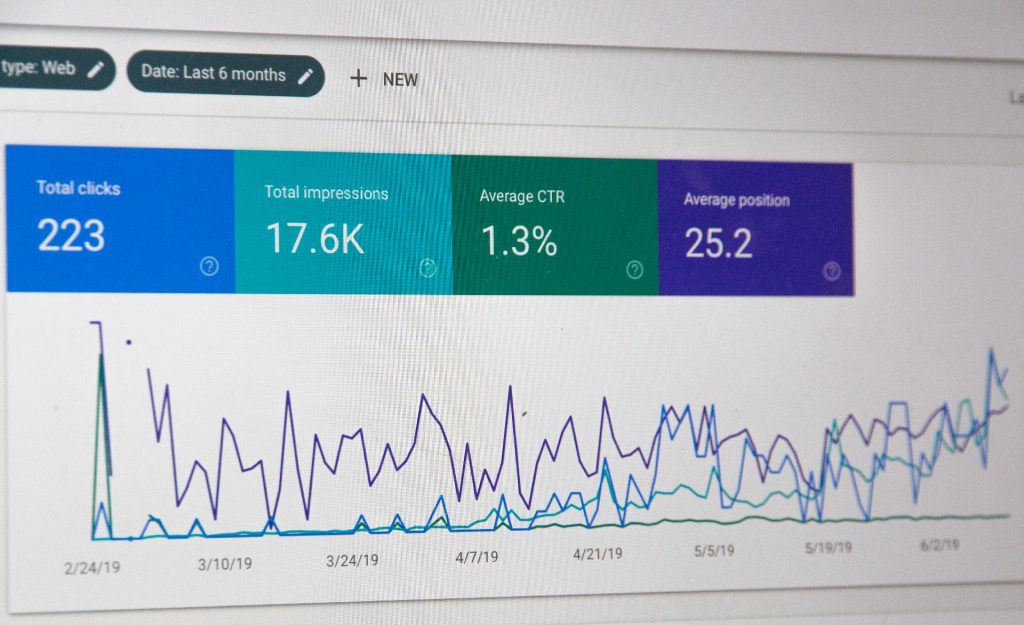With a new year comes new learnings. The beauty of every new day is that no matter how many mistakes you make, there’s always room for you to learn. With the first year of a new decade almost coming to an end, we have listed the top SEO learnings that we got for this year.
If your website is SEO-reliant, or if you simply want to thrive in this category, here are the things you should take note of when revamping your strategy for the rest of the year:
-
Use more headings
When you are writing a long blog post, always break them up with headings and subheadings. Having these titles help you improve your SEO score! If you want to optimize your page, you need to target all the possible searches. Also, make them distinct, so you have more chances of appearing for particular search queries that your consumers are looking for!
Apart from SEO concerns, using clear headings per section of your article would make reading and understanding easier for your site visitors.
-
Use more detailed headings
If you will write a copy for your header, make sure that you choose the more specific route. Gone are the days when generic and short headings work for websites. Now that you have a lot of competition online, you need to be more targeted and aggressive—even when it comes to your headers and titles!
We are not saying that you should use extra-long phrases to describe what you want. While it’s best to be concise, the point is to create something unique and understandable—all within one line! If you could incorporate keywords into the mix, then even better.
-
Always break your information into a list format
You might have observed this already, but try searching for any information on Google. The top results often appear in a list formatting. The reasons for this lies in Google’s algorithm that places well-formatted information on higher rankings. While lists don’t necessarily mean instant organisation, it simply makes it easier for your audience to digest—which is a major consideration that the search engine holds in high regard.
-
Putting the keywords in the right places
Every content creator should know by now the importance of keywords, and they should already know that they need to insert it in their content for it to work. However, not everyone knows that there are specific spots where you need to place your keyword to score a better ranking. If you are one of those clueless content creators, here’s a to guide you:
- Add your keyword to your blog post title. Make sure it’s at the beginning for an even higher score.
- Incorporate your keyword to your title and meta description. Placing it at the beginning would also add more magic.
- Insert the keyword to your article slug or URL.
- Utilize the keyword in your intro or at least the beginning of your article.
You would have a better chance of appearing on search results when users search for queries related to the keyword you’re using.
-
Never overuse your keywords
Unfortunately, using a major keyword repeatedly in the same article would not bring you better results. Most search engines condemn keyword stuffing, and that tactic could even lower your score.
Instead, you can try using its variations to hit more people searching for its related words. After all, the overall goal isn’t to stuff your content with keywords—it’s to provide value to potential customers when they’re searching for related information. By appropriating keywords into your content naturally, it has a better chance of pushing up your ranking instead of merely stuffing keywords.
-
Make your content an easy read
This tip does not apply to medical and legal websites, but if your site does not belong to such categories, you have to make your content reader-friendly. Although this may seem like an editing tip, your SEO score also depends on your content’s readability level!
Hard-to-read articles would only result in a high bounce rate—which you do not want to happen. Also, remember that one of your objectives should be creating helpful content for your readers; not intimidating or frustrating them.
Conclusion
SEO is always evolving. You need to keep up with the latest trend for your website to survive and thrive. You can start your way to better rankings by applying these six steps in your SEO strategy moving forward. All these are tried and tested tactics that would give your content a better performance.
If you are looking for an eCommerce marketing agency in Melbourne that would help you rank better or drive more traffic to your website, you are on the right page. At DMH Digital Marketing, we can help you reach those goals and more. Contact us today so we can get started!

